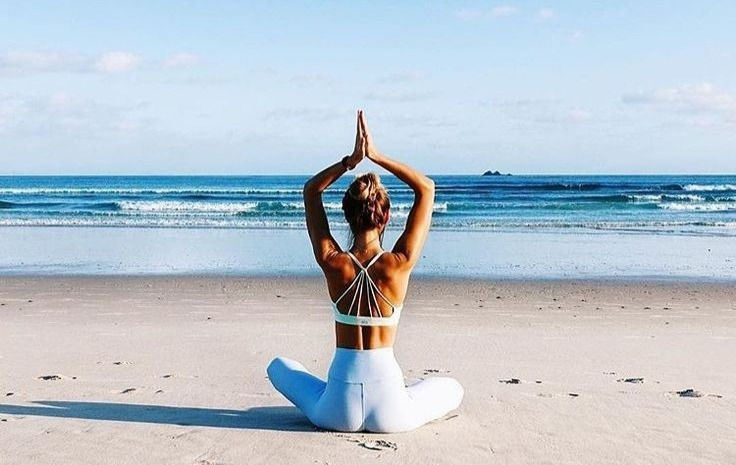Yoga or Pilates: which one to choose?
- Virginie Basecq

- Nov 17, 2022
- 3 min read
These two disciplines promise a toned body, better balance and more flexibility. But not only... We list the differences to help you make your choice between one or the other.

Who is yoga for?
A true lifestyle in India, yoga aims to harmonize body and mind through breathing exercises, relaxation, precise postures and meditation.
Yoga against stress
We focus on the present moment, we focus on the placement of the body and the breathing to disconnect from everyday life, reconnect to oneself, rebalance our nervous system. Ideal for fighting against stress and its procession of symptoms: high blood pressure and heart rate, disturbed sleep...
Yoga to unwind
A soft gym, yoga? Certainly not ! There is a wide variety of ultra-dynamic practices (hatha, ashtanga, bikram...), which make you sweat as much as a cardio class and lead to a good secretion of endorphins (the famous hormones of well-being). Whatever the type of yoga chosen, the session takes place more or less the same: we start with a few deep breaths, just to settle down and clear our heads, then we move on to sun salutations as a warm-up before to attack the big piece: a series of postures (dog upside down, cobra, pinch, twists... there are more than 80!), static or dynamic. A little relaxation or meditation closes the session.
Yoga to soothe stomach ache
If yoga promotes flexibility and balance, it also contributes to a better digestive tone. Indeed, the work of breathing associated with certain exercises (torsion, in particular) improves elimination by massaging the viscera. Strengthening the abdominal belt also limits constipation and bloating.
What are the contraindications to the practice of yoga?
If we think that visualizing the energy that crosses our body is rubbish then, better to move on! Medical advice essential in case of epilepsy, multiple sclerosis, recent operation, hyperthyroidism, glaucoma, cardiovascular disorders, severe back pain or hip problems.

Who is Pilates for?
Inspired by dance, yoga and bodybuilding, Pilates is a muscle strengthening method.
Pilates for nice support and good balance
Pilates is a discipline that particularly targets the deep muscles, which guarantee good posture, a toned silhouette, fluid mobility and unfailing stability. His credo: to make us "strong like a Greek column and flexible like a cat". Just that !
Pilates for back pain
By stimulating all the back muscles and the abdominal belt (sometimes using accessories specific to the method: ring, roller, small ball...), Pilates prevents and relieves pain both in the lumbar than cervical. Self-enlargement exercises and stretching avoid compression at the level of the joints and correct any tensions linked to an overly sedentary lifestyle. In individual lessons, in the studio, it is common to use machines (mainly the Reformer...) in order to vary the exercises and the benefits.
Pilates for athletes looking for performance
Whatever our favorite discipline (running, swimming, crossfit...), it is in our best interest to also take up Pilates. It allows the development of osteo-muscular structures often neglected by other activities and provides additional flexibility and endurance. In order to reproduce each movement as perfectly as possible, without seeking performance but focusing on the position of each part of the body, perfect alignment and symmetry, one must also pay attention to breathing and breath control. Valuable learning for all sports.
If you need to sweat to let off steam or if you avoid aches, it is better to avoid Pilates! In some cases, medical advice is essential: in the event of lesions of the musculoskeletal or spinal system. It is not recommended for pregnant women.
Source : https://www.magazine-avantages.fr/







Comments